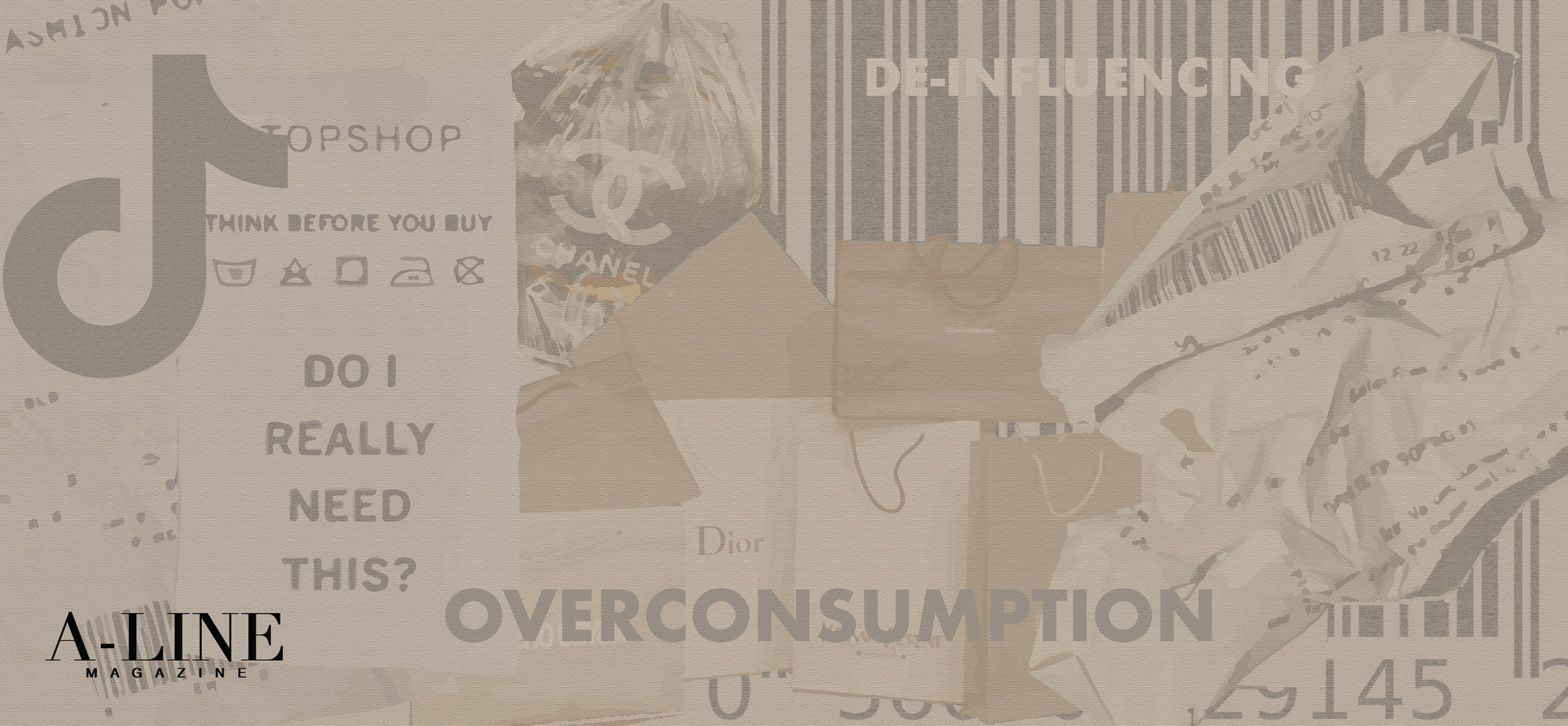Deinfluencing
The Age of Online Marketing
With the rise in popularity of social media apps, online marketing and advertising has flourished through social influencers. Social media influencers play a crucial role in online marketing. Their online presence helps influence the public to participate in short-lived trends with the use of specific products and/or services. However, with online marketing at an all-time high, one may ask: How much shopping is too much shopping?
Overconsumption
Environmentalists have become increasingly concerned as more and more people fall victim to social influence and contribute to the imminent issue of overconsumption. Products such as fast-fashion clothes, makeup products, drinkware, and accessories are just a few examples of items that are bought and shortly thrown away, putting a strain on current climate issues. However, a new up-and-coming trend has taken the first step in fighting overconsumption, with minimalism and environmentalism becoming the new go-to for the fashion industry.
Deinfluencing
Enter “Deinfluencing”. The word means just how it sounds – it’s the opposite of influencing. In other words, social media personalities are giving their opinion on certain products that are popular amongst the public. Their reviews usually state their indifferent opinion on the product and remind viewers that the item is not truly necessary to purchase. Though the act might seem small, deinfluencing settles the high anxiety many viewers may have from the pressure of online marketers/influencers’ opinions and social power. As deinfluencing rises in popularity, more sustainable practices such as thrifting, upcycling clothing, and the participation of minimalist fashion have become more on-trend. These practices ultimately benefit the environment.
Now, it’s your turn!
Alright, let’s get to the good stuff – how can someone participate in deinfluencing? Well, one suggestion is following the “24- hour rule”. The rule suggests that if you are wanting a certain item (*cough* the Stanley Cup), wait twenty-four hours and see if you still want it the next day. The majority of the time, many deinfluencers have stated that they completely forgot what they wanted to buy. The “24-hour rule” helps with what is known as compulsive shopping, or compulsive urges to buy new things in order to obtain a short-lived mood boost. So the next time you’re online shopping late at night, give the “24-hour rule” a try! For other ways to practice deinfluencing, go to Instagram, TikTok, or any other preferred social media app, and search “deinfluencing” to start your journey into sustainable fashion.
Other sustainable practices
In addition to the “24-hour rule”, there are plenty of other ways fashion enthusiasts can participate in sustainable fashion. Thrifting can be a fun way to get together with friends and loved ones, as thrifting companies will host large events with dozens of vendors and even live music! As old trends start to come back, thrifting has become a more affordable and sustainable option for fashion-goers. Apart from thrifting, upcycling, donating, and selling unwanted pieces to your local consignment shop are great ways to practice sustainable fashion while supporting local businesses.
The Takeaway
Deinfluencing is one of the first social media trends to make an effort to incorporate sustainable fashion into everyday life. As climate change becomes a more pressing issue, simple practices such as deinfluencing help aid environmentalists in protecting the environment. So next time you’re out scouting for new pieces for your wardrobe, try the “24-hour rule”, or pay a visit to local vintage stores in your area!
Written by Angela Duplantis, Design: Anna Keller , Social Media: Sara Hartung

